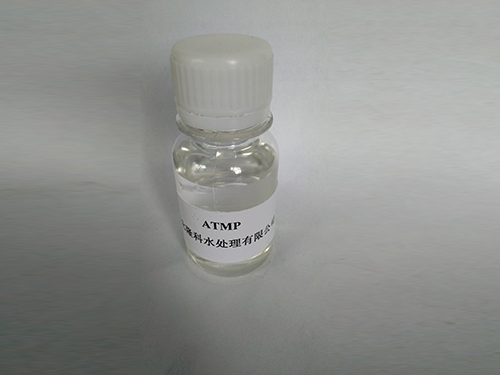Synthesis and Applications of PAM Polyacrylamide in Various Industrial Processes
PAM Polyacrylamide A Versatile Polymer with Multifaceted Applications
Polyacrylamide (PAM) is a synthetic polymer widely recognized for its unique properties and diverse applications across various fields. Synthesized from acrylamide monomers, PAM can exist in several forms fully neutralized, anionic, cationic, and nonionic. These variations allow for a range of functionalities, making polyacrylamide an essential component in industries such as agriculture, wastewater treatment, oil recovery, and even cosmetic formulations.
Properties of Polyacrylamide
One of the key attributes of polyacrylamide is its ability to absorb large amounts of water, enabling it to form gel-like structures. This property is particularly valuable in agricultural applications where PAM is used as a soil conditioner. By enhancing soil structure and improving moisture retention, PAM contributes to better crop yields and sustainable farming practices. Moreover, its biodegradable nature makes it an environmentally friendly choice for soil amendment, when compared to synthetic alternatives that may cause long-term ecological harm.
Additionally, PAM exhibits excellent flocculation properties, which is crucial for effective wastewater treatment. In this context, PAM works as a coagulant aid it facilitates the clumping together of fine particles in water, thereby improving the efficiency of sedimentation and filtration processes. As a result, PAM can significantly reduce the levels of suspended solids and pollutants in effluent streams, making it an indispensable option for municipal and industrial wastewater treatment facilities.
Applications in Agriculture
In agriculture, the use of PAM has been shown to mitigate soil erosion and enhance water infiltration, especially in arid and semi-arid regions. By improving soil structure, PAM helps maintain the balance of nutrients and moisture necessary for optimal plant growth. Furthermore, its application can prevent the leaching of fertilizers, ensuring that essential nutrients remain available to plants rather than being washed away.
Farmers can apply PAM either by mixing it into the irrigation water or by incorporating it into the soil at the time of planting. This versatility allows for tailored approaches depending on specific crop needs and soil conditions. Recent studies have reinforced PAM's efficacy, demonstrating that crops grown with PAM-treated soil experienced improved root development and yield compared to untreated soil.
pam polyacrylamide

Role in Oil Recovery
In the oil and gas industry, polyacrylamide is utilized in enhanced oil recovery (EOR) techniques. The polymer's thickening ability increases the viscosity of water, enabling the efficient displacement of oil trapped in geological formations. This can significantly boost oil recovery rates, reducing the costs associated with drilling and extraction while maximizing the yield from existing wells.
PAM's application in EOR not only enhances the economic viability of oil projects but also minimizes the environmental impact. By facilitating the extraction of oil from existing reservoirs, it reduces the need for drilling new wells, thereby conserving natural habitats and reducing land disturbance.
Environmental Considerations
Despite its many advantages, the use of polyacrylamide is not without concerns. The toxicity associated with acrylamide, a known neurotoxin, has prompted regulatory agencies to carefully assess its use in various applications. However, when properly formulated and applied in appropriate quantities, PAM is considered to be safe, particularly in agricultural contexts where it is used to improve soil health and crop production.
Innovative research continues to expand our understanding of PAM’s applications while addressing sustainability and safety. Development in green chemistry often incorporates bio-based alternatives to traditional synthetic polymers, paving the way for a more environmentally conscious approach to PAM production.
Conclusion
In summary, polyacrylamide is a versatile and valuable polymer with a wide array of applications ranging from agriculture to wastewater treatment and oil recovery. Its unique properties, including water absorption, flocculation, and biodegradability, make it an essential tool for enhancing agricultural productivity, improving environmental management systems, and optimizing resource extraction from oil reservoirs. As research continues to evolve, PAM is likely to play an even more significant role in addressing the challenges of sustainability while meeting the needs of a growing population.
-
Pbtc Scale InhibitorPBTC: A Scale Protector for Industrial Water TreatmentNewsAug.05,2025
-
Organic Phosphonate: An Efficient Defender in the Field of Scale InhibitionNewsAug.05,2025
-
Hydrolyzed Polymaleic Anhydride: Green Pioneer in Scale Inhibition FieldNewsAug.05,2025
-
PAPEMP Polyamino Polyether Methylene Phosphonic Acid For SaleNewsAug.05,2025
-
Flocculant Water Treatment: A Pioneer in Purification in the Field of Water TreatmentNewsAug.05,2025
-
Benzyl Isothiazolinone: An Efficient and Broad-Spectrum Antibacterial Protective GuardNewsAug.05,2025





